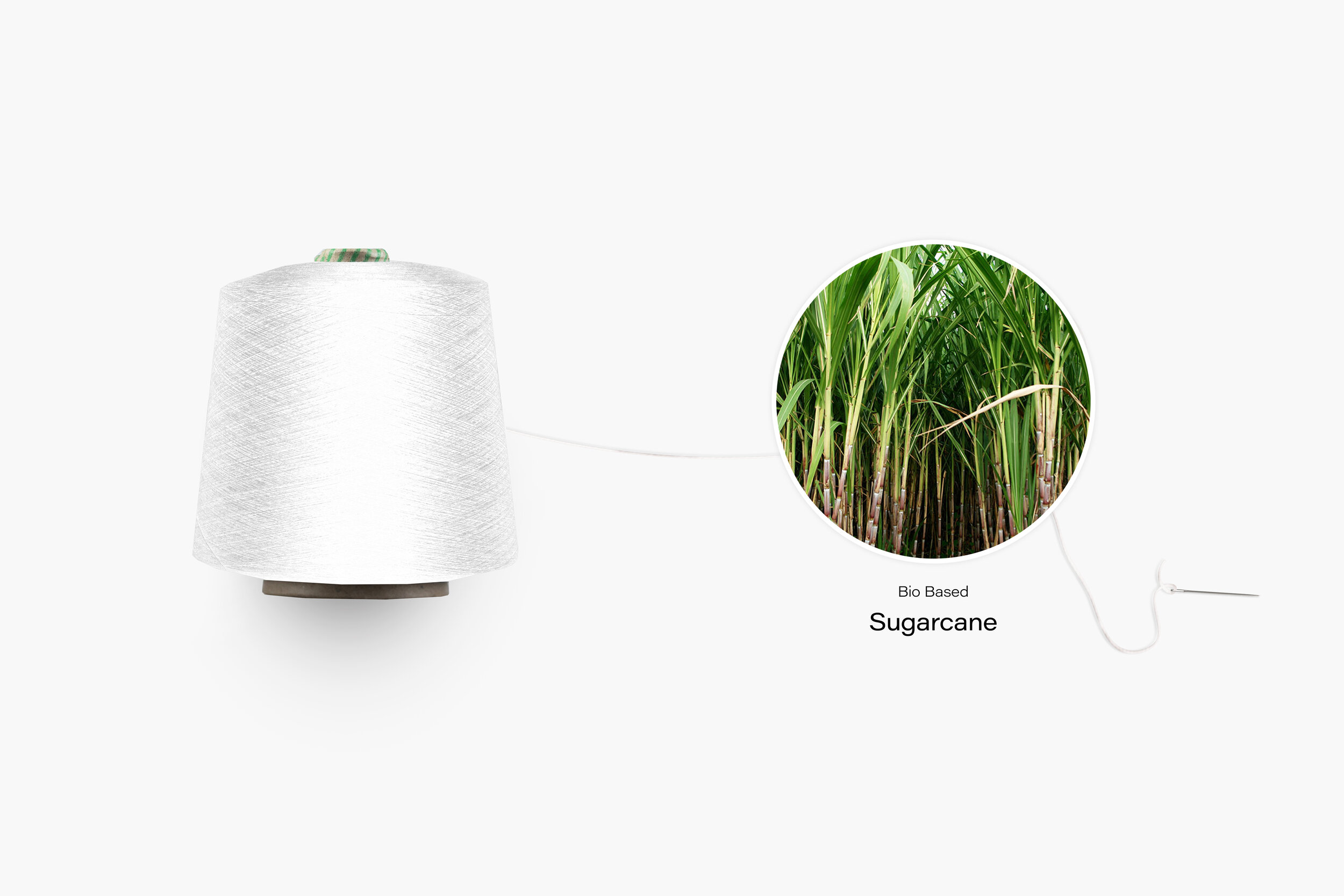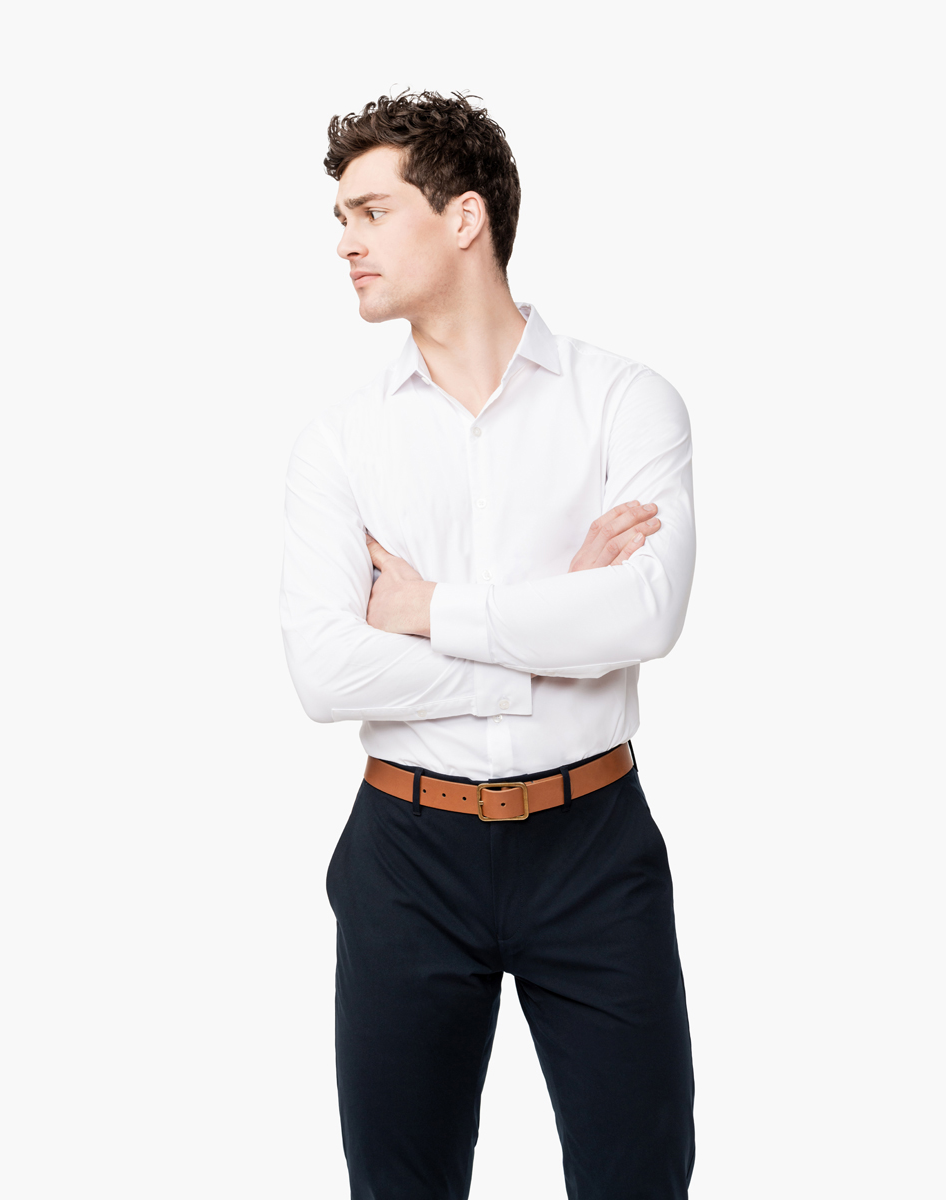1. Recycled Materials
Reducing our Footprint at Scale
Using recycled polyester can reduce the CO2 footprint of a fabric by over 59% as it doesn’t require the refining and polymerization stages from petroleum. Over the past 24 months, we’ve been working to develop and re-engineer our main product lines with significant recycled content compositions - at least 45%, and in many cases up to 100%. We started with Aero Zeroº, but in the next six months you’ll see Apollo, Composite and Juno become primarily recycled PET. Because of these efforts, this year we’ve shipped 130% more units with significant recycled content, and by next year that figure is projected to be 243%.











































We use Durable Water Repellants (DWR) in many of our core fabric platforms (Kinetic, Doppler and Momentum) to give them the ability to repel water and stay dry in the rain.